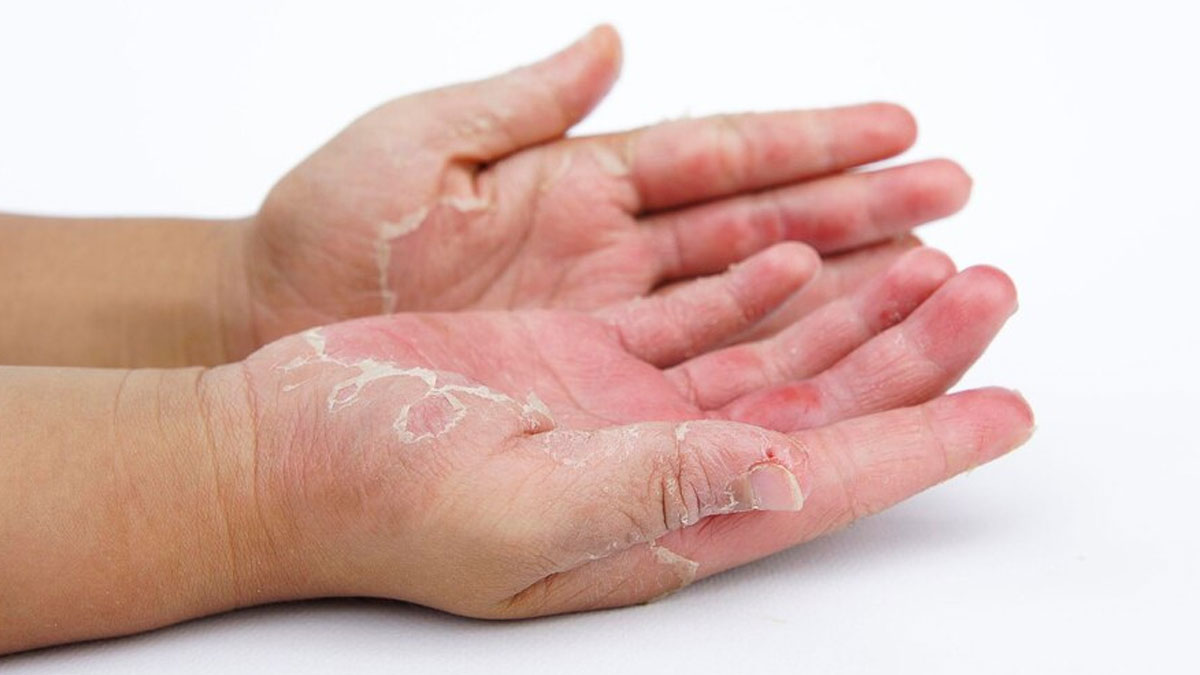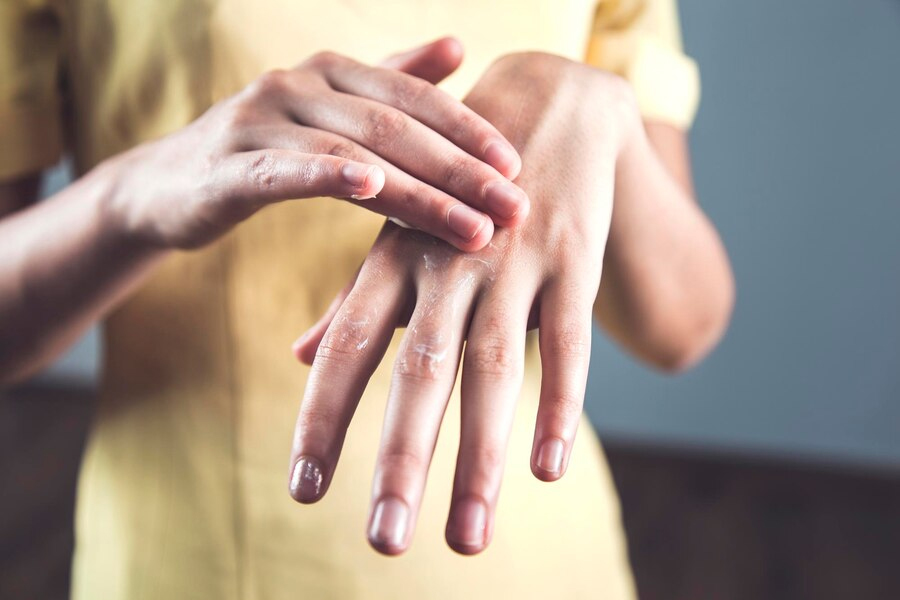-1734930286011.webp)
Did coming in contact with a certain object or a substance make you itch uncontrollably? And did that cause you to have cracked, scaly, and swollen skin with blisters oozing out of the affected area? We might be looking at contact dermatitis as a probable culprit. However, don’t be upset—we have listed down tips for quick recovery and five preventive measures.
Table of Content:-
To gain insights, the OnlyMyHealth team connected with Dr. Kashish Kalra, Head of Dermatology and Consultant at Smart Max Hospital, Saket, and founder of Dr. Kalra’s Skin Clinic.
What Is Contact Dermatitis?

Contact dermatitis is a common skin condition characterised by redness, inflammation, and itching caused by direct contact with an irritant or allergen. Skin contact with some allergens or irritants can result in contact dermatitis.
A cycle of itching and scratching could ensue, exacerbating the symptoms. According to Dr. Kalra, scratching releases more itchy mediators, which aggravates the reaction and causes more irritation.
Fast Relief for Contact Dermatitis
While there is no absolute “cure,” identifying the trigger is the first step to managing the condition. Here are expert-recommended ways to treat contact dermatitis quickly.
Avoid the Allergen/Irritant
Prevention is crucial. If you know the allergen causing the reaction (e.g., hair dye, artificial jewellery, or metals), avoid contact. Dr. Kalra says, “If you’re not coming into contact with the allergen, you’re already preventing the condition.”
For instance, if you’re allergic to hair colour, switch to organic options or stop using it entirely.
Use Corticosteroid Creams
Mild cases can often be managed with over-the-counter corticosteroid creams and moisturising products—moisturisers help repair the skin barrier, reducing irritation and dryness. Dr. Kalra advises using plenty of moisturiser as the first line of defense. However, we strongly advise you to consult a dermatologist or skin expert first.
Consult a Dermatologist
For severe symptoms, systemic medications, including anti-allergics or stronger topical treatments, may be necessary. The process can only be carried out by a dermatologist, which is why you shouldn’t delay and visit one, primarily if the aim is to get rid of it fast.
Do NOT Scratch
Scratching worsens the itch-scratch cycle, leading to further inflammation and spreading the reaction to other body parts.
5 Dermatologist-Approved Tips to Prevent Contact Dermatitis

Dr. Kalra emphasises that prevention is key to managing contact dermatitis. By taking proactive steps, you can minimise the risk of flare-ups and protect your skin from unnecessary discomfort. Here’s an in-depth look at the top preventive measures our expert shared with us.
1. Identify and Avoid Allergens
How to Identify Allergens: A thorough medical history and patch testing by a dermatologist can help pinpoint the substances causing your symptoms. Once identified, avoid exposure to these allergens. For instance, Dr. Kalra says, “If you’re allergic to artificial jewellery or metals like nickel, switch to hypoallergenic or pure gold/silver options to avoid flare-ups.”
2. Use Gentle Products
Harsh chemicals and fragrances in skincare, haircare, or household products are common triggers for contact dermatitis. Choose products labelled “hypoallergenic,” “fragrance-free,” or “for sensitive skin.” These products are formulated to minimise irritation and reduce the risk of triggering a reaction. Try to opt for sulphate-free shampoos and non-comedogenic moisturisers to protect sensitive skin.
3. Protect Your Skin
When handling potential irritants, create a barrier between your skin and the substance. To do so, you can wear gloves while doing household chores, gardening, or working with chemicals. Use protective clothing when in contact with allergens. One good practice is to choose gloves made from materials you’re not allergic to (e.g., nitrile gloves if allergic to latex).
4. Maintain Hydration
Healthy, hydrated skin is less prone to irritation and can better resist allergens. Try to apply a thick, fragrance-free moisturiser at least twice a day, especially after washing your hands or bathing. A well-moisturised skin barrier prevents allergens and irritants from penetrating the skin and causing inflammation.
5. Seek Immediate Help for Reactions
Delaying treatment can lead to worsening symptoms, including an itch-scratch cycle that makes the condition harder to manage. At the first sign of redness, itching, or swelling, consult a dermatologist. This is because quick treatment can stop the reaction from spreading to other parts of the body and reduce the severity of the symptoms.
Takeaway
Fast relief from contact dermatitis strongly relates to early diagnosis and avoiding the trigger. For severe symptoms or persistent reactions, always consult a dermatologist for a tailored treatment plan.
By following these expert tips and preventive measures, you can manage contact dermatitis effectively and protect your skin from future outbreaks.
Also watch this video
How we keep this article up to date:
We work with experts and keep a close eye on the latest in health and wellness. Whenever there is a new research or helpful information, we update our articles with accurate and useful advice.
Current Version